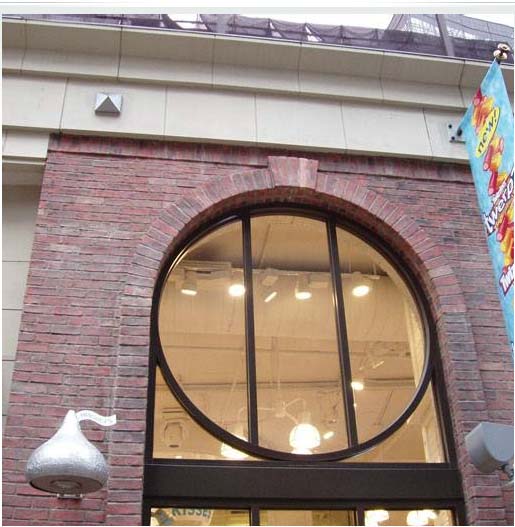GFRC Ceiling Panels in NY City Subway Keep Commuters Connected
The Fulton Centre in downtown Manhattan has been abuzz with renovations and construction work for several years now. This is all part of the $1.4 billion project to revamp the Fulton Street New York City subway station. The aim of this massive project is to improve access to and connections among the New York City Subway, Fulton Street, Dey Street Passageway and the new World Trade Center building, as well as Chambers Street, Cortlandt Street, and the PATH World Trade Center station. This project involved construction of additional underground passageways and access points. Of course, wherever you have passageways you need ceilings, and this is where the expertise and experience of Stromberg Architectural has proven invaluable. In 2011 and 2013 Stromberg supplied hundreds of GFRC ceiling panels which now line the concourse and mezzanine levels of several subway stations, including the Dey and Fulton Street Stations.
Trust GFRC to do it in record time!
The 2013 project was completed on a tight time schedule that allowed former NYC mayor Michael Bloomberg to take the first ride through the stations before his term ended. GFRC was the perfect material to use due to its extraordinary versatility and lightweight, combined with exceptional strength. Stromberg’s GFRC ceiling panels are tough enough to handle America’s busiest rapid transit line and one of the world’s largest public transportation systems. The panels are pre-fabricated which provides a smoother and quicker installation.
GFRC is all about quality and safety
The Stromberg team designed and manufactured the ceiling panels using glass fiber reinforced concrete (GFRC) which is extremely durable, low-maintenance and fire-resistant. Access panels were engineered with locks as well as gas hinges designed to protect maintenance workers by preventing panels from swinging open too quickly. Street-level perforated panels were coated with co-polyester translucent panels in order to protect transit users from the elements while still allowing sunlight to filter into the station.
What’s so special about Stromberg’s GFRC?
- Stromberg pioneered the design and production of GFRC
- Our unique methods of detailing, manufacturing and installing GFRC have helped make our clients and their projects successful
- GFRC is lightweight due to its hollow construction
- It is not only light, but also extremely strong, and strengthens as it ages
- GFRC is resistant to salt water, acid rain, harsh chemicals, and all weather conditions
For More Information on GFRC
At Stromberg we have a reputation for solving design and construction problems for our clients. With our 30 years experience we have an extensive portfolio of successful projects and numerous satisfied customers, including a large percentage of repeat customers. Not only do we make buildings beautiful but we are especially concerned with the environment and that is why all our materials are non-toxic and earth friendly. If you are looking for LEED points, Stromberg is the right choice for you. If you have a question or need assistance contact us. We are here to help.

